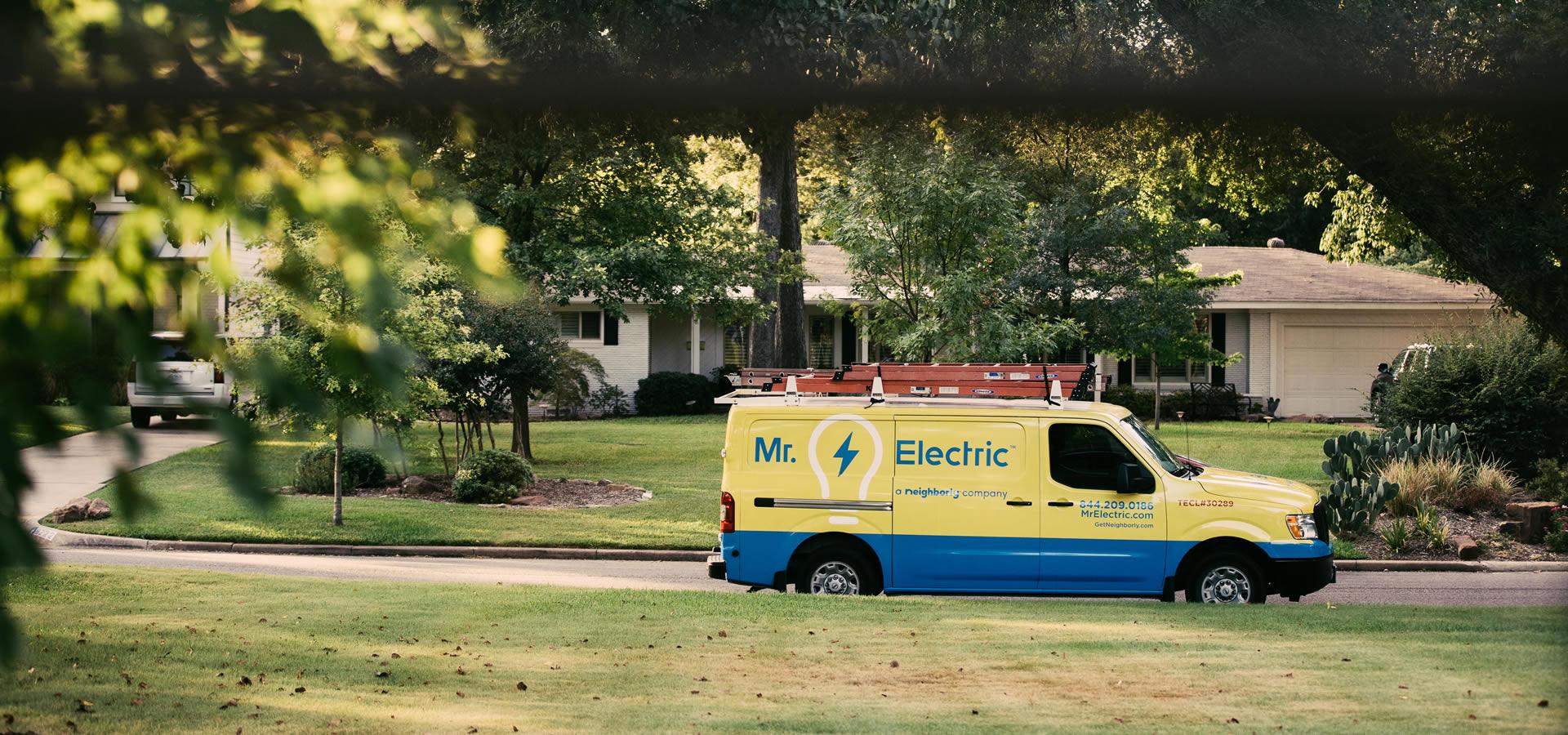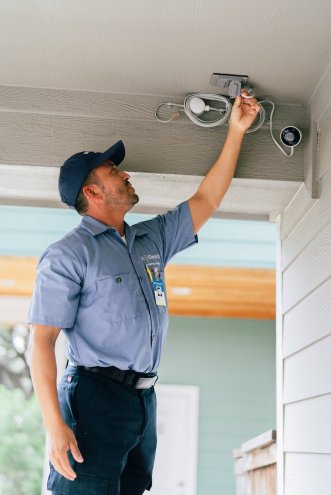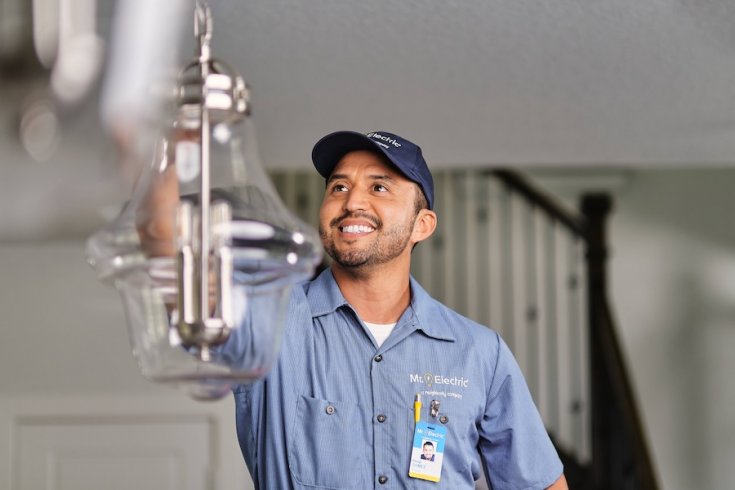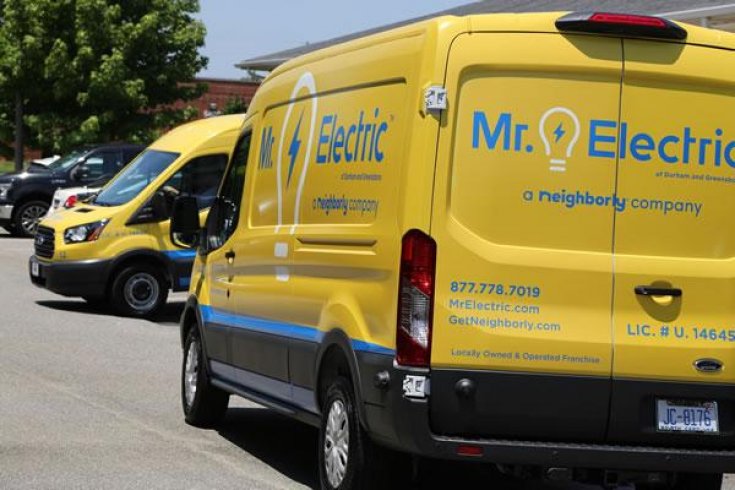Low Voltage vs. Line Voltage—Why Does the Difference Matter?
Do you know that your major appliances do not operate on the same voltage as your lighting fixtures? An appliance like a dryer is powered by a higher voltage than a standard light bulb. As a homeowner, it’s important to understand the difference between low voltage and line voltage. This will help you make informed choices and maintain electrical safety. In this article, Mr. Electric helps you understand the key differences between low voltage and line voltage.
What Does Line Voltage Mean?
Line voltage, also known as high voltage, refers to wiring that uses between 120 volts and 240 volts of electricity to operate. In other words, it’s an electrical system that supplies 120-240 volts directly from the electrical panel, outlet, or junk box. Line voltage is the standard voltage for residential and commercial properties in the United States. It powers common household items such as HVAC systems, power tools, refrigerators, ovens, dishwashers, and many more. Unlike low voltage systems, line voltage fixtures don’t require a special transformer to operate properly.
One of the key advantages of line voltage systems is that they provide higher power capacity. This makes them suitable for powering a wide range of major appliances and devices. Since they don’t need an additional transformer like it’s the case with low voltage systems, line voltage systems are much easier to install. However, it's important to note that line voltage systems can pose safety risks if not installed and maintained properly. Always consult with a qualified electrical repair service to ensure safe and efficient installation. The professional electricians at Mr. Electric are here to help you install line voltage systems.
What Does Low Voltage Mean?
Low voltage describes any wiring system operating between 12 and 24 volts. A step-down transformer is required to reduce the incoming 120 volts to the applicable voltage. Some of the fixtures that operate with low voltage include lighting, Wi-Fi devices, doorbells, thermostats, and telephones. The main advantage of a low voltage system is that it offers energy savings since low voltage circuits consume less power. Another advantage associated with this system is safety, since it operates on a lower voltage of 12-24 volts. If you’re looking to install low voltage fixtures in your home or business, ensure you work with a professional electrician in Jersey Village. The safety of an electrical system ultimately depends on the quality of the installation.
However, low voltage systems typically require a larger initial investment compared to line voltage systems. This is for the simple reason that a transformer is needed to reduce the incoming voltage. The increased installation complexity can increase costs and labor time, but careful planning and working with a licensed electrician can minimize challenges and maximize the benefits of a low voltage system. If you have any questions about line voltage vs. low voltage, consult with a local electrical repair service.
Trust Mr. Electric for All of Your Electrical Needs
Mr. Electric is a professional electrical service company with decades of industry experience. Our electricians are knowledgeable about low voltage and line voltage systems thanks to their vast knowledge and experience in the industry. If you’re looking for a licensed and insured electrician, get in touch with Mr. Electric. We offer a comprehensive range of services, including electrical wiring, lighting installation, generator installation, electrical panel replacement, and many more. Contact us today and learn more about our services.







